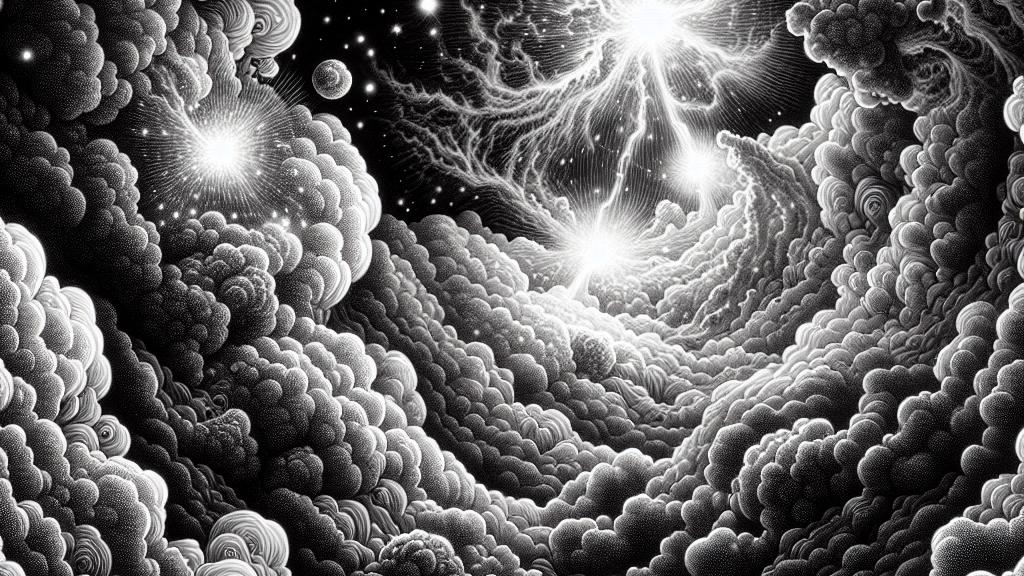Exploring Turbulence and Star Formation in Molecular Clouds
Overview
- Recent studies reveal how turbulence in giant molecular clouds is crucial for star formation.
- Simulations show the dynamic interactions creating density changes that foster stellar births.
- This research not only enhances our understanding of where stars form but also invites further exploration into the universe's mysteries.

The Crucial Role of Turbulence in Star Birth
A remarkable study from the United States has unveiled the intricate dynamics of turbulence within molecular clouds—massive regions of gas and dust in space. These clouds serve as cosmic nurseries where stars are born. Essentially, when certain areas within these clouds become dense enough, they collapse under their own gravity, leading to star formation. This isn’t just a theoretical concept; our very own sun formed around 4.6 billion years ago in a similar dense region. Understanding this turbulence is vital, as it plays a significant role in dictating not just when stars are born, but how quickly they form, highlighting turbulence as a pivotal concept in current astrophysical research.
Decoding Density Fluctuations via Innovative Simulations
In their quest to understand these processes, researchers employed cutting-edge simulations to meticulously track the movement of tracer particles within these turbulent clouds. As these particles traversed various density regions, they recorded changes in their environment over time. For example, the simulations revealed that shock waves—created by fluctuating density—results in unique interactions. Shocks tend to slow down when moving into denser areas while speeding up in less dense regions, reminiscent of how ocean waves intensify as they approach a shore. This dance of turbulence and density not only fosters the right conditions for new stars but also impacts the chemical compositions that evolve within these clouds, enriching the material available for future star developments.
Implications for Stellar Evolution and Future Cosmic Discoveries
The broader implications of this research reach into the very fabric of stellar evolution. By carefully mapping out how molecular clouds operate, scientists can better predict not only where new stars are likely to form but also the lifecycle dynamics of existing stars. With advanced telescopes like the James Webb Space Telescope now investigating these mysteries, the potential for groundbreaking discoveries is immense. Each revelation brings us closer to understanding how stars live, die, and contribute to the cosmic cycle of life. This interconnectedness of celestial bodies underscores the importance of such studies, driving astronomers to unravel the enigma of our universe and its countless wonders.

Loading...